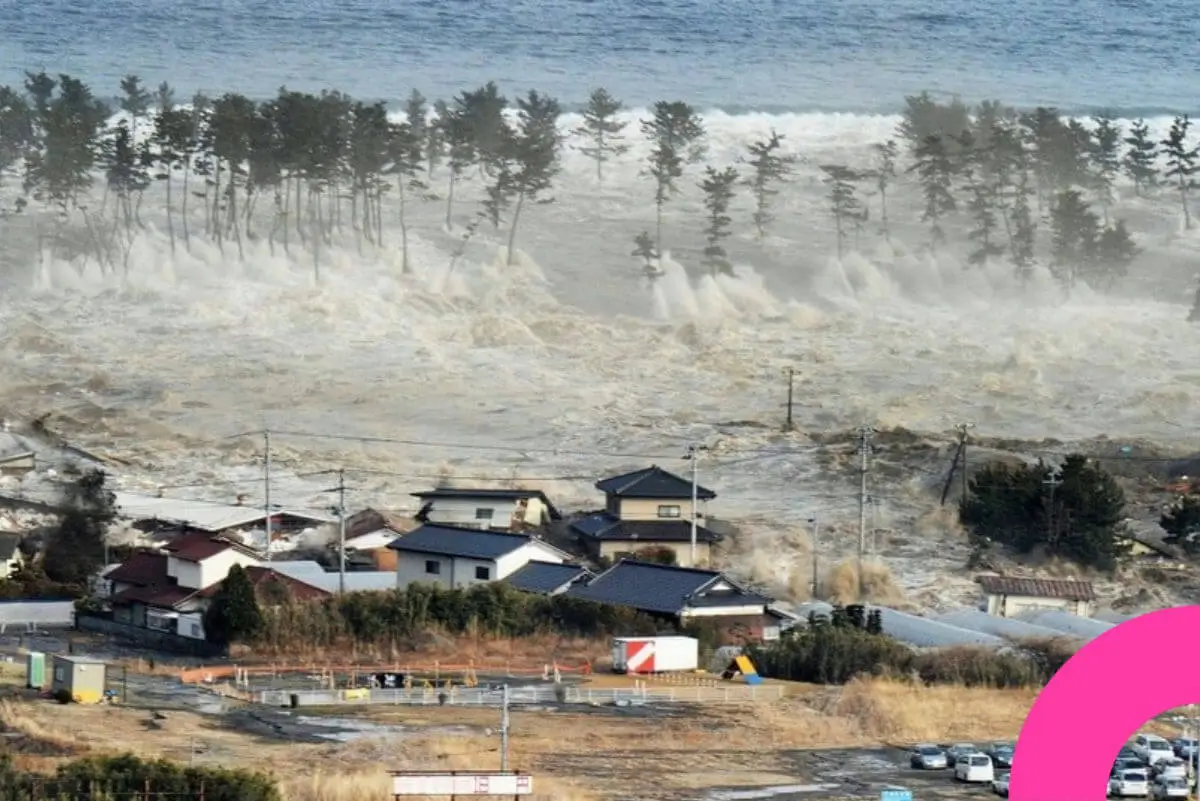
The Government of Japan has issued a renewed national preparedness plan in response to growing fears of a catastrophic “mega earthquake” that experts believe could claim as many as 300,000 lives. The plan, announced on July 1, outlines a series of upgraded measures, aimed at minimizing the scale of devastation in the event of a major seismic event along the Nankai Trough.
Escalating Risk and Scientific Forecasts
According to recent evaluations by a government-appointed scientific advisory board, the probability of a major earthquake occurring in the Nankai Trough region within the next 30 years has risen from 75% to 82%.
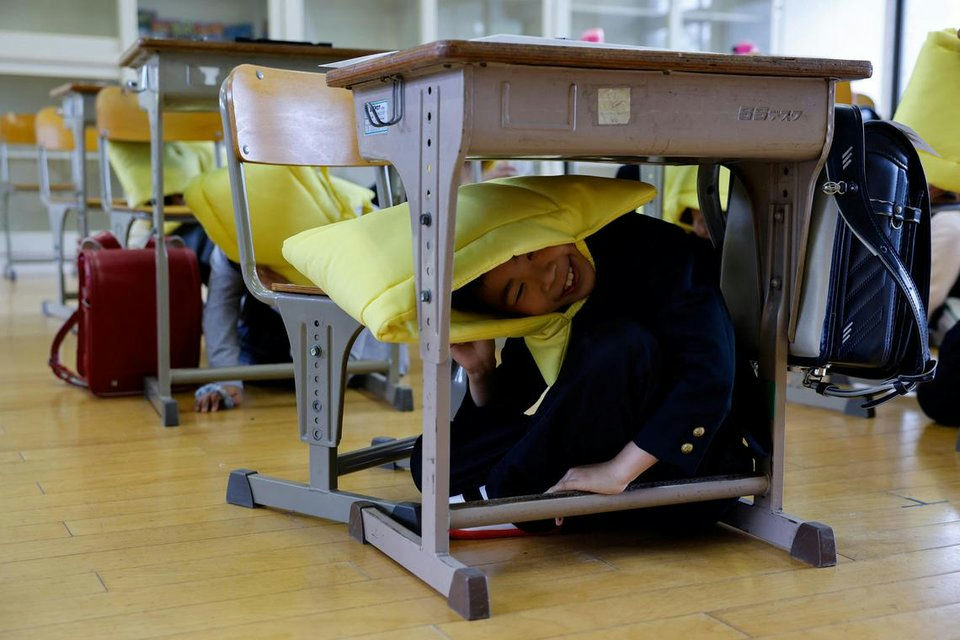
While pinpointing the exact time, location, and magnitude of earthquakes remains beyond current scientific capabilities, authorities stress the importance of preparedness.
Evaluation of Past Measures and Current Improvements
A previous action plan drafted in 2014 by Japan’s Central Disaster Management Council aimed to reduce earthquake-related fatalities by up to 80%. However, a 2024 review revealed that only a 20% reduction in projected casualties had been achieved to date.
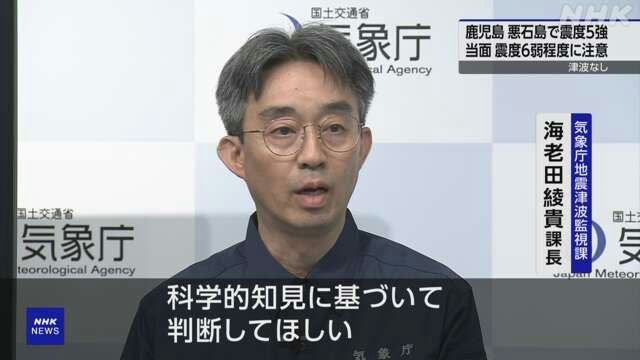
To address these shortcomings, the revised strategy includes:
- Reinforcement of levees in high-risk coastal areas,
- Construction of new evacuation shelters in vulnerable communities,
- Regular large-scale earthquake drills conducted at both national and municipal levels,
- Public education campaigns to raise awareness of evacuation protocols and safety measures.
Government Leadership and Public Communication
Prime Minister Shigeru Ishiba emphasized in a cabinet meeting, “It is crucial that the nation, local governments, businesses, and NGOs work hand-in-hand to protect lives.”
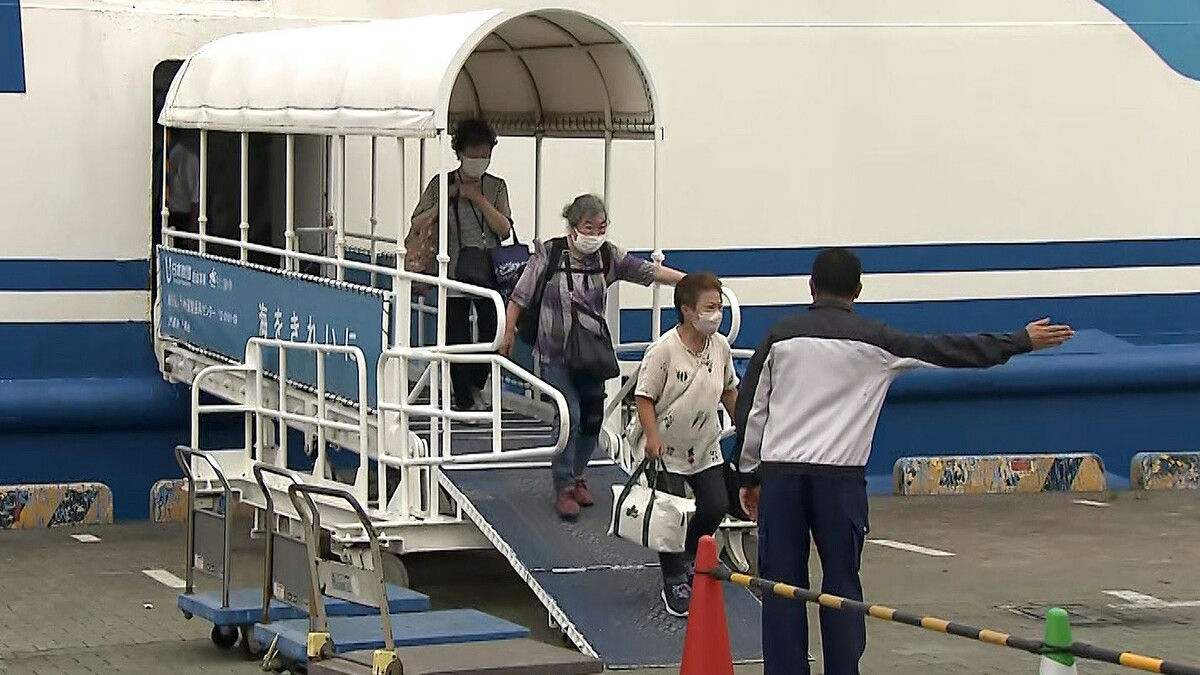
Officials from the Japan Meteorological Agency (JMA) have also addressed public concerns related to social media rumors forecasting specific earthquake dates. Ayataka Ebita, Head of Earthquake and Tsunami Monitoring, stated: “No technology exists to predict the exact timing or intensity of an earthquake. Such coincidences should not be mistaken for scientific accuracy.”
Tokara Islands Tremors: A Wake-Up Call
Between June 21 and July 5, the Tokara island chain in Kagoshima Prefecture experienced over 1,300 seismic events registering magnitude 1 or higher. Notably, a magnitude 5.4 earthquake struck on July 5, prompting the temporary evacuation of Akusekijima Island.
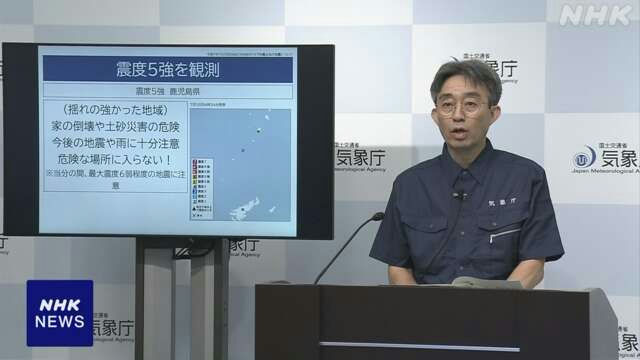
While no injuries or structural damage were reported, emergency services responded swiftly. Elderly residents have since expressed intentions to relocate amid continued aftershocks, citing exhaustion and stress.
Public Guidance and Safety Precautions
The JMA has issued detailed guidelines for residents in high-risk zones:
- Wear sturdy footwear indoors to avoid injuries from shattered glass or falling debris,
- Refrain from cleanup until aftershocks subside,
- Avoid old or unstable outdoor structures such as walls or cliffs,
- Prepare emergency supplies and know evacuation routes.
Ebita added, “Given Japan’s frequent seismic activity, we urge all residents to stay informed and prepared at all times. Natural disasters can happen without warning, and readiness is our best defense.”
As Japan stands on alert, this renewed focus on disaster preparedness underscores the country’s continued commitment to public safety. Authorities stress that while earthquakes may be inevitable, widespread loss of life is not—if communities act now.





